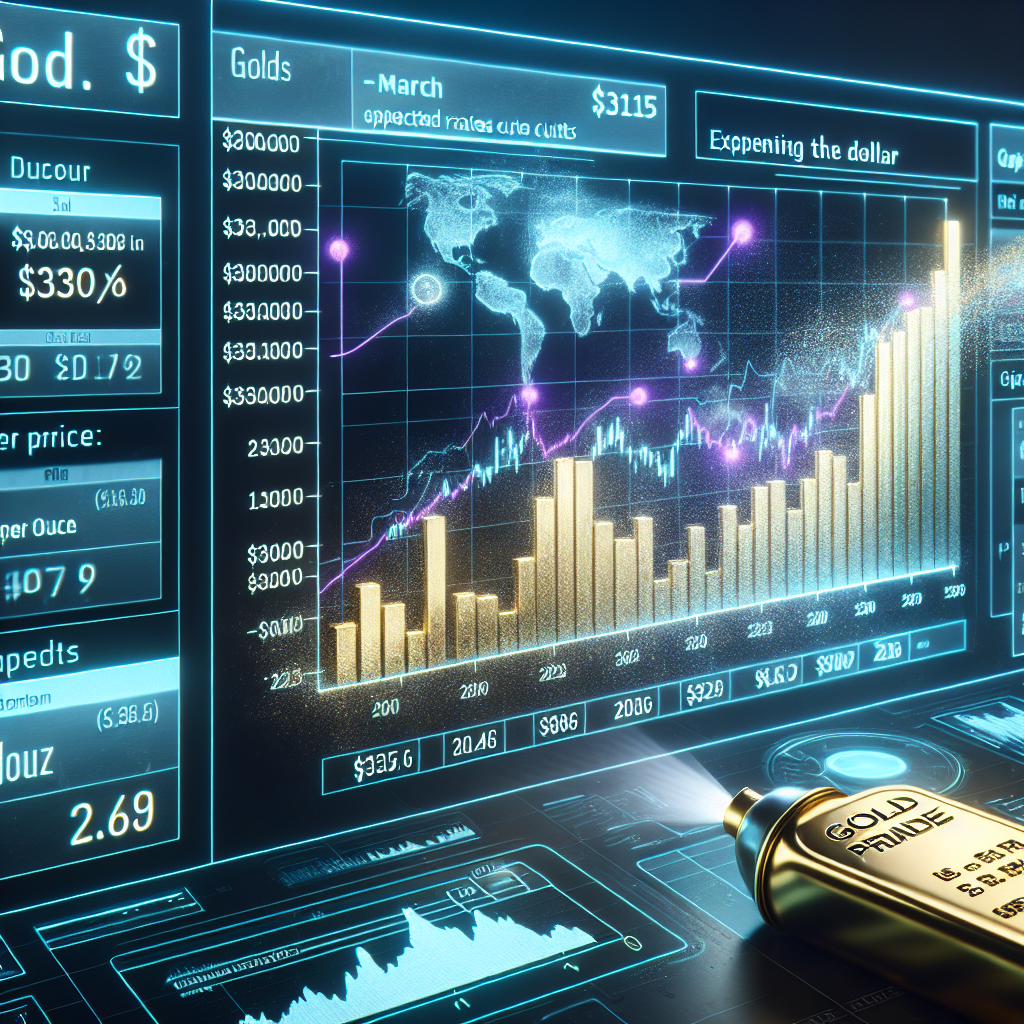In 2025, the spot price of gold has reached a historical high sixteen times. Despite a 1% drop in mid-March to around $3015 per ounce due to the strengthening US dollar, experts remain optimistic about the future performance of gold. This optimism stems from the Federal Reserve’s expected rate cuts at least twice this year and ongoing geopolitical tensions, including a new round of conflicts in the Gaza Strip. However, gold is not the only precious metal that can be added to an investment portfolio.
Gold belongs to a broader asset class known as precious metals, which includes silver and platinum. Historically, precious metals have been a solid tool to hedge against inflation, and their low correlation with other asset classes such as stocks and bonds means that even a small portion of precious metals in your portfolio can reduce volatility and risk.
Let’s take a closer look at precious metals.
For centuries, gold has been considered a means of storing value and a symbol of status. Today, its primary uses include jewelry and as a form of currency. Particularly in times of economic uncertainty and global conflicts, people tend to turn to gold.
Furthermore, gold has always been a powerful hedge against inflation, as the price of gold often rises when the US dollar weakens. In recent decades, gold has shown resilience during various periods of economic uncertainty.
In fact, according to research from RJOFutures, during the economic recession from 1980 to 1982, the S&P 500 Index fell by 27%, while gold rose by 46%. During the dot-com bubble burst from 2000 to 2002, gold rose by 12%, while the S&P 500 Index plummeted by 49%.
Similar to gold, the strengthening US dollar has impacted silver, causing it to drop over 1% in mid-March to around $33 per ounce. However, silver continues to hover near five-month highs due to tightening supply uncertainty from President Donald Trump’s tariff proposals.
Unlike gold, silver has broader practical and industrial uses. Silver is widely used in electronic products and in the superconductor field. Industrial applications account for about 55% of global silver demand, according to research from Sprott, a global asset management company specializing in precious metals.
Silver has also maintained its value during times of economic turmoil. During the economic recession in 1980, the price of silver surged to a historical high of around $49.45 per ounce.
Expectations of economic stimulus policies from Beijing have kept platinum futures prices hovering above $1000 per ounce. The primary application of platinum is in the automotive industry, used in catalytic converters to prevent vehicle emissions from polluting the air. The second-largest use of this metal is in jewelry.
However, its price could be threatened by declining electric vehicle sales and uncertainties surrounding Trump’s tariffs.
Nevertheless, platinum remains one of the rarest precious metals in the world, rarer than both gold and silver. Platinum is primarily mined in South Africa and Russia, causing its price to rise when these countries experience instability. As countries shift towards clean energy sources, platinum could also see a boost.
Palladium futures prices are hovering around $950 per ounce, nearing a one-month high of $972 on March 18. It is also one of the rarest metals on Earth, about 15 times rarer than platinum, according to data from metal dealer Provident Metals. Some analysts believe that due to its lower cost and similar uses, palladium is gradually replacing platinum in the industrial sector. It is widely used in dentistry, electronics, and catalytic converters. Palladium is also used in fuel cells and solar applications. When alloyed with gold, it forms a stronger alloy than platinum in jewelry.
You can purchase physical precious metals in the form of gold bars and coins on the public market. However, this requires you to take responsibility for storing and protecting these precious metals, which may come with high storage costs. Physical gold also has low liquidity, making it more suitable for investors committed to long-term holdings.
Another option is to invest in stocks of companies that mine precious metals. However, this may require a deeper understanding of the precious metals market.
Purchasing shares of exchange-traded funds (ETFs) and mutual funds that track precious metal prices may be an easier option. This eliminates the hassle of storing and caring for physical metals. You can easily sell shares through a brokerage account, similar to selling regular stocks. Since these funds are managed by professionals, it also saves you the trouble of analyzing individual mining stocks. However, you should also keep an eye on the performance of any precious metal ETFs and mutual funds.
Here are some top precious metal funds:
– SPDR Gold Shares (GLD)
– iShares Gold Trust (IAU)
– iShares Silver Trust (SLV)
– Global X Silver Miners ETF (SIL)
– GraniteShares Platinum Trust (PLTM)
– Aberdeen Physical Platinum Shares ETF (PPLT)
– Aberdeen Physical Palladium Shares ETF (PALL)
– Sprott Physical Platinum and Palladium Trust (SPPP)
Precious metals have long been seen as a tool for storing value. Additionally, they can add diversification to your investment portfolio, hedge against inflation, and provide security against risks. One of the simplest ways to invest in precious metals is through ETFs and mutual funds that track the metals market.

